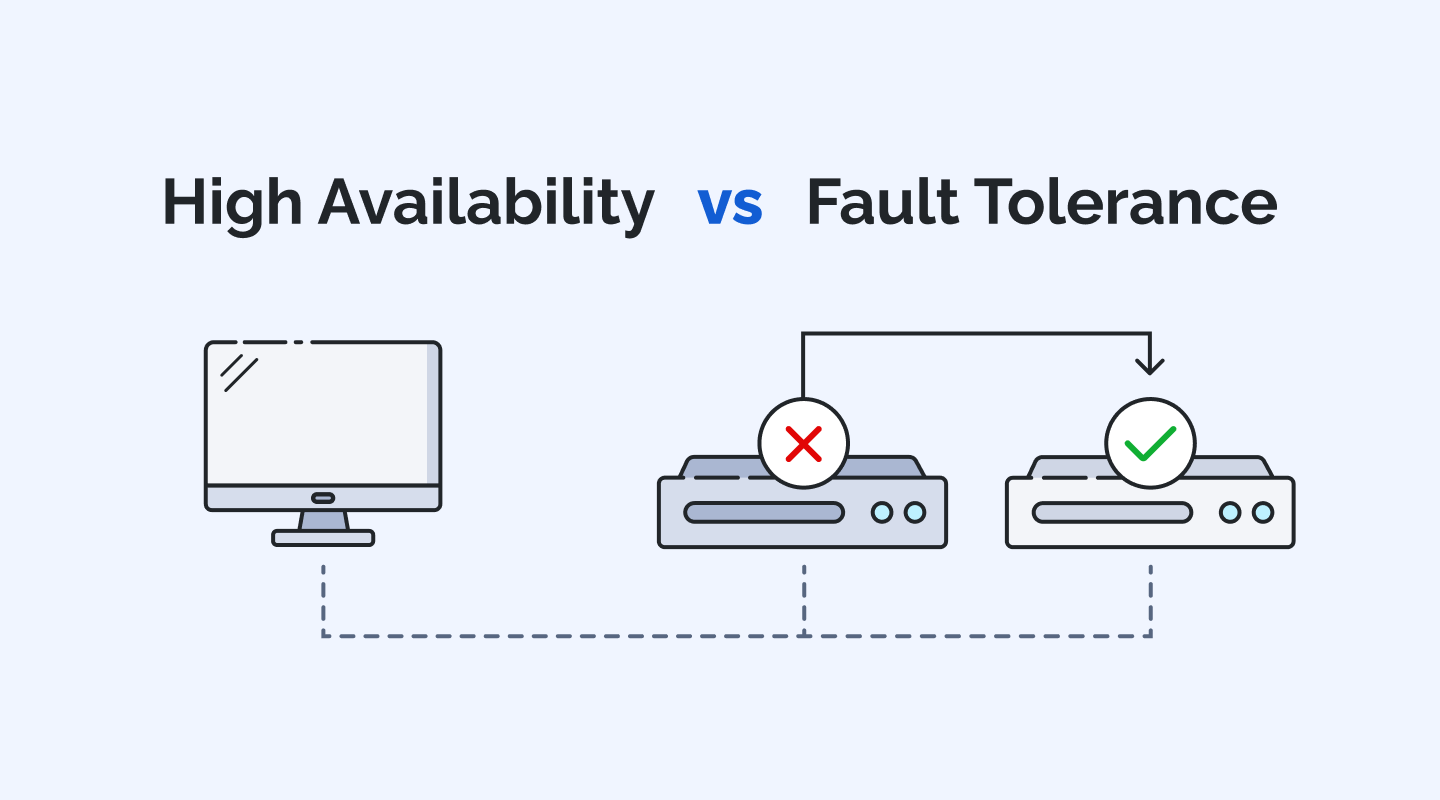Here is a comparison of two technologies with similar task but different methods of accomplishing it – Link Aggregation Control Protocol (LACP) and Multipath I/O (MPIO). Both are aimed at providing higher throughput when one connection can’t handle the task. To achieve that, LACP bundles several physical ports into a single logical channel. MPIO, on the other hand, utilizes more than one physical path, even if the working application does not support more than one connection. Both technologies seem to be equally effective at first glance, but further study confirms that one of them is better at achieving its goal. The post is practical, so expect detailed research with screenshots and complete analysis of the technologies in a test case.



